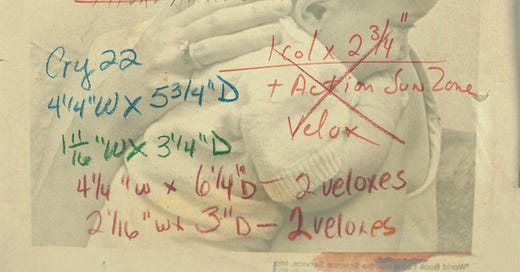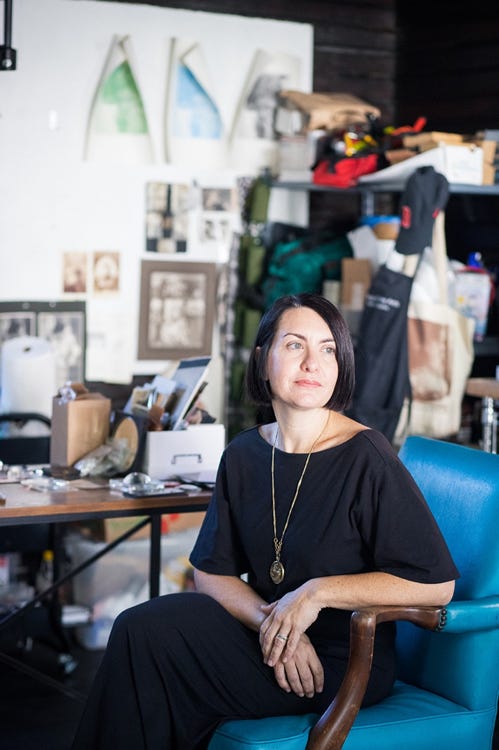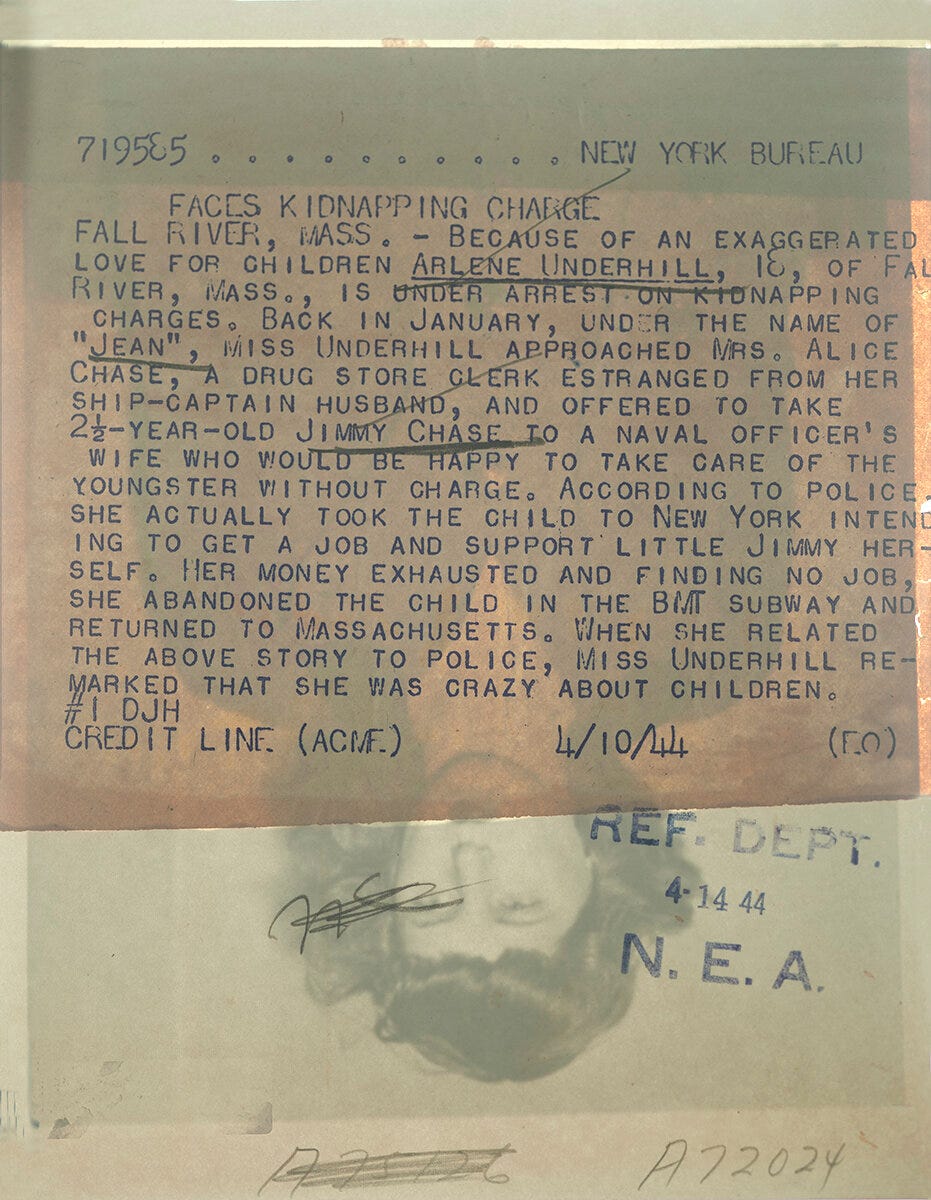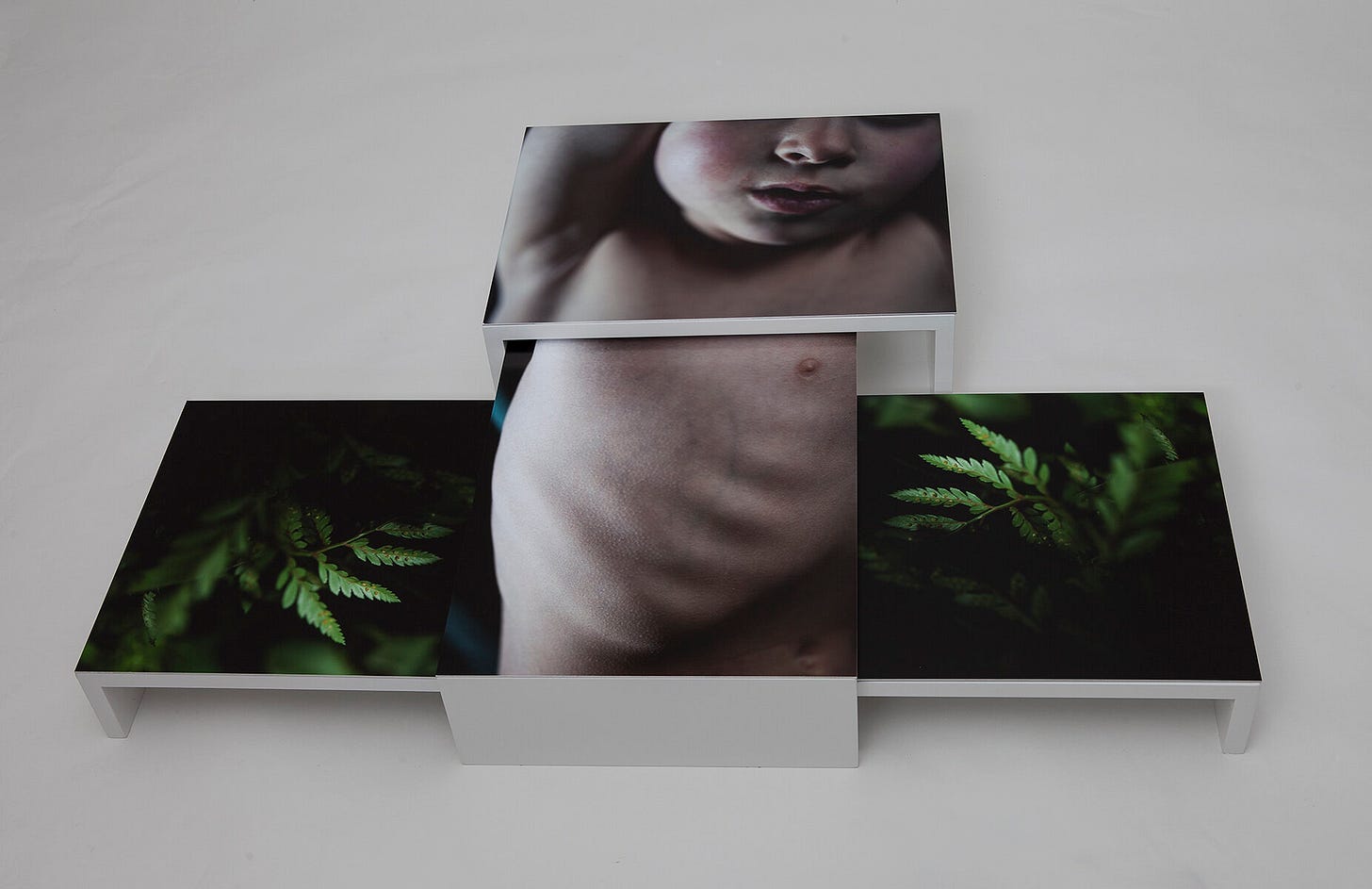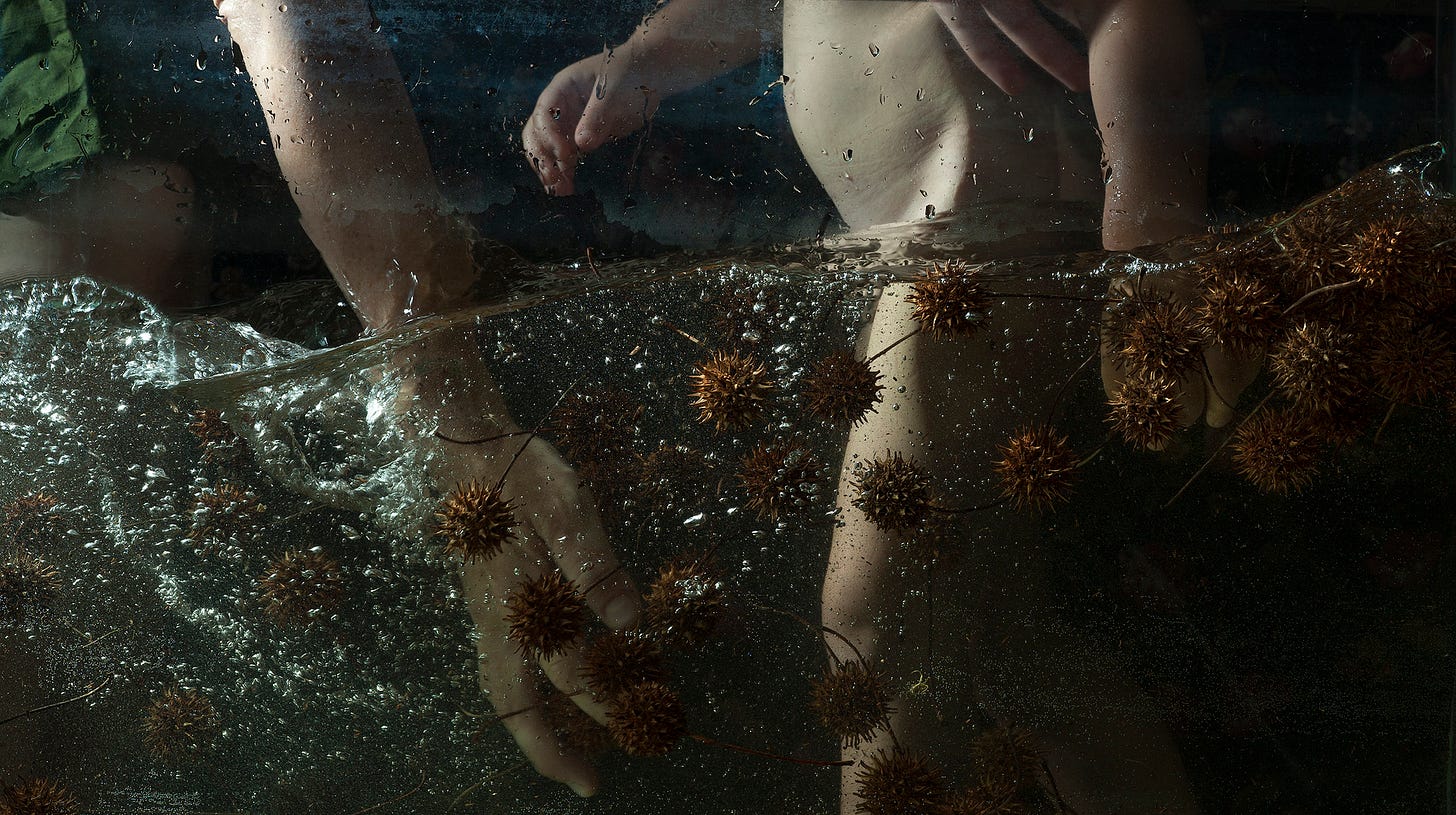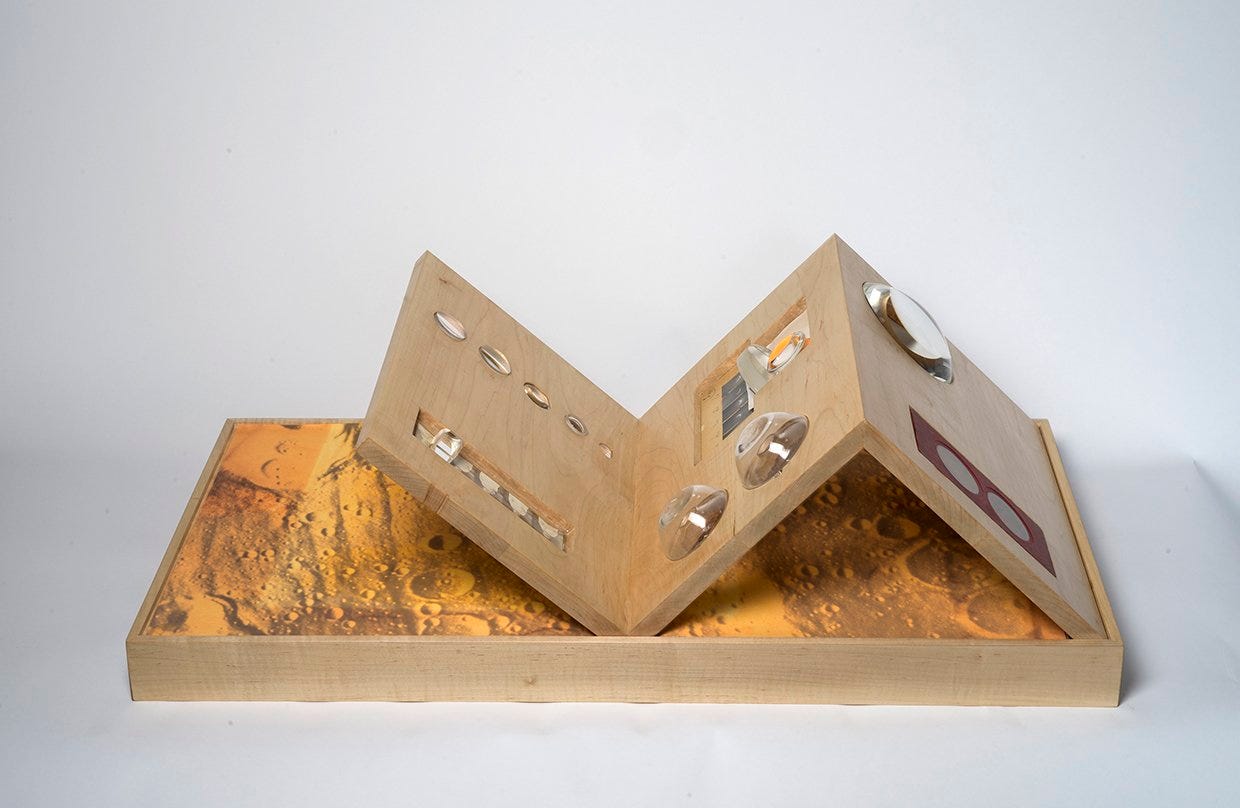We'd like to welcome you to ‘Shortcuts,' our end-of-month 6-question interview on our Substack platform, followed by a six-day daily takeover of our Instagram account by the featured artists and galleries. Please take a moment to click here to subscribe to our Instagram if you haven't already. Now, without further ado, please welcome Boston-based artist Toni Pepe.
Toni Pepe is a visual artist deeply interested in how photography shapes our experiences of time, space, and sense of self. In her artistic approach, she engages with discovered photographs sourced from both private and public collections. Pepe's utilization of vernacular or press imagery serves as a conduit for delving into unconventional interpretations of archival practices and diverse methods of knowledge preservation. Old newspaper photographs, now abandoned and considered obsolete, present as intricate artefacts adorned with many typed and handwritten inscriptions alongside date stamps, creases, and stains. Serving as poignant time capsules, they do not depict just the photographed events but offer a glimpse into the context in which they were perceived. Toni Pepe contemplates the essence of preservation, pondering the selection process and the underlying perspectives or value systems inherent in the chosen images.
In her series Mothercraft, images depict the dynamic evolution of societal and political landscapes and serve as testimonies to the changing facets of motherhood and women's emancipation. Moreover, they represent a journey through time, having been physically handled, embraced, and ultimately relinquished. Pepe contemplates the fate of history never intended for preservation yet uncovered due to the omnipresence of our interconnected digital existence.
Toni Pepe is the chair and assistant professor of photography at Boston University. She received her MFA from the Rochester Institute of Technology and an MLA in visual culture from Boston University. Her work is in the permanent collections at the Museum of Fine Arts, Boston, Danforth Art Museum, Candela Books & Gallery, the Magenta Foundation, and many private collections. She is currently included in the exhibit "Tender Loving Care", on view through July 2025 at the Museum of Fine Arts, Boston. A solo exhibition of Pepe's work is currently on view at the Boston Athenæum through May 6 and at the Blue Sky Gallery in Portland, OR, through April 27, 2024. If you want to join Pepe’s Zoom Artist Talk on April 10 at 5 PM (PT), sign up by following this link.
What conversations do you hope your work will spark?
I love that a work of art leaves the studio to live its own life. I hope that viewers find an element to connect with, something humorous, painful, uncomfortable, or familiar. Photographs are embedded into our everyday lives and play a decisive role in preserving memory and history. When working with found imagery and archives, I'm thinking about what has been saved and how those photographs reflect a particular point of view or system of values. I'm also interested in what is missing from the archive and what was lost to time. I hope that viewers leave with a sceptical eye for the imagery they are confronted with both within and outside the gallery space.
Could you describe your creative process? Tell us about one of your projects.
I have always collected old photographs, albums, and ephemera, but when I found an old press photograph, I began to incorporate these materials directly into my practice. Newspaper photographs were never meant to be precious; they served as a filing system so a newspaper could keep track of what images they had published. Many of these prints were thrown out when newspapers began to fold or consolidate in the early 2000s. I was drawn to the idea that these prints were abandoned and considered obsolete. These prints are rich objects with layers of typed and handwritten text, along with date stamps, creased edges, and stains. These images are time capsules, showing us the event pictured and the frame through which they were received. I was most interested in the text and marks, everything outside the image, and I wanted to find a way to center that information. Each photograph in Mothercraft is backlit as I rephotograph it, and the resulting image simultaneously reveals both the front and back of the print. I focus on the text so the image can fall further into obscurity, blurred, and layered with captions and marks.
What does your studio or workspace (physical or mental) look like?
I have always had a studio at home. I enjoy living near the materials I work with and have found it to be my most productive environment. My studio has changed over the years from a dining room table or a spare bedroom to now, the garage. It is a space that is constantly evolving as I make new work. I often lay out the objects I'm interested in working with – tables littered with telescope lenses, old photographs, and wood scraps. I physically manipulate the materials I work with to understand their behaviour and the potential for any given item. The tinkering and handling I engage with make for a relatively messy and chaotic environment.
Is your art influenced by where you were born or live now?
One of my clearest memories is of my father, a repairman for a U.S. defense contractor, piling me into the car the evening before trash pickup on a search for anything that caught his eye. I watched as he restored and refashioned discarded items in his garage and gave them new life. My father’s garage was my first experience of the Wunderkammer, juxtaposing objects from utilitarian to purely decorative, marked by time and use but assigned the same value. I realize now that this garage is where I learned what it means to be an artist. It allowed me to recognize the significance of what others had forgotten or abandoned, what would have been lost to time if not for my father’s intervention.
Also, In September 2012, I became a mother. My obligations as a caretaker pulled my attention in different directions, splintering my time and ability to focus. I adapted by moving my studio to the dining room table and incorporating my children into the work itself. This experience altered the trajectory of my studio practice, leading me towards processes that embrace unpredictability and spontaneity. Now, with three young children, my role as a mother continues to shape the focus of my artwork.
Who are some of your most important female (womxn) sources of inspiration and influence?
The exchange between words and images profoundly influences my practice. Literature, including Annie Ernaux’s writing about photography in Exteriors and her recent memoir, The Years, are a foundation for my work. Ernaux ties memory to the coffee-stained snapshots passed around a kitchen table and deftly points out how photographs dislocate time, the body, and the self. Lynne Tillman’s descriptions of the reversal of caretaking, the ambiguity of obligation in Mothercare, and her thoughtful analysis of a photographic way of seeing in Men and Apparitions have also influenced the kinds of imagery I work with and the eventual form they take.
What personally or professionally excites, worries, or keeps you connected?
Rilke wrote that art comes from necessity, and I feel that impulse to make because of a deep curiosity and desire to connect with others. My studio practice has been steadily expanding into more experimental territory, involving new processes, materials, and partnerships with archives. As a medium, object, and, most importantly, a way of seeing, photography continuously provides questions about time, perception, memory, and the body.
Toni Pepe, Mothercraft
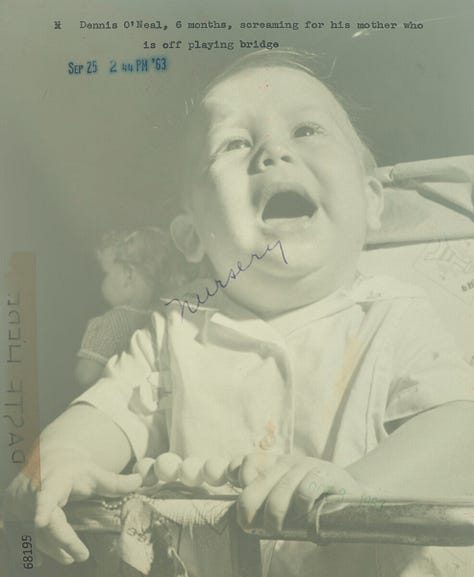
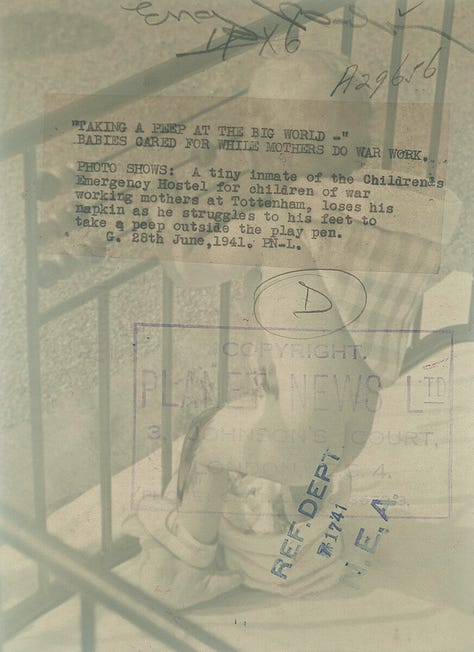
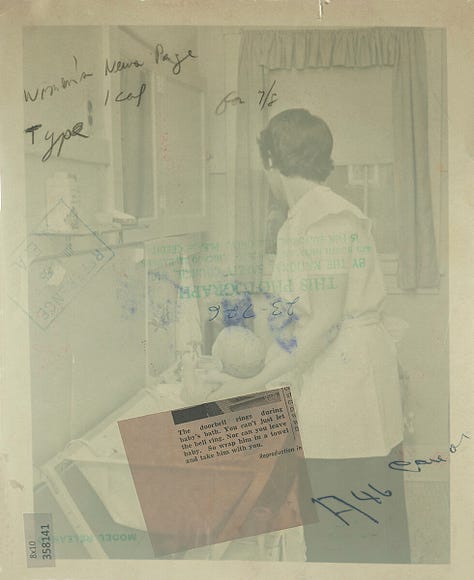
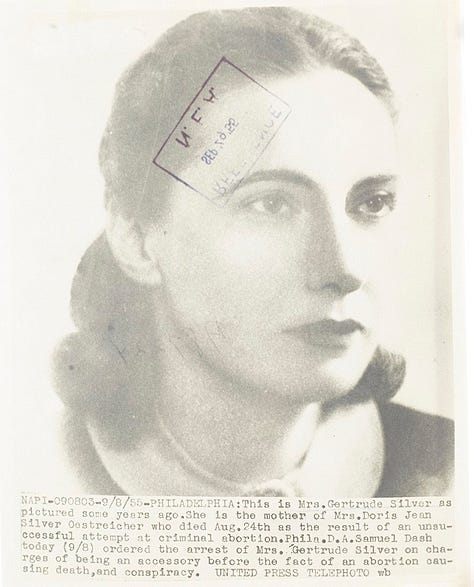
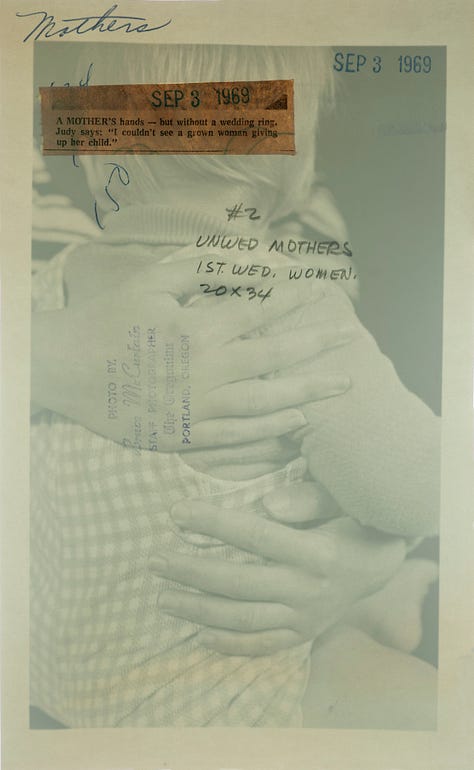
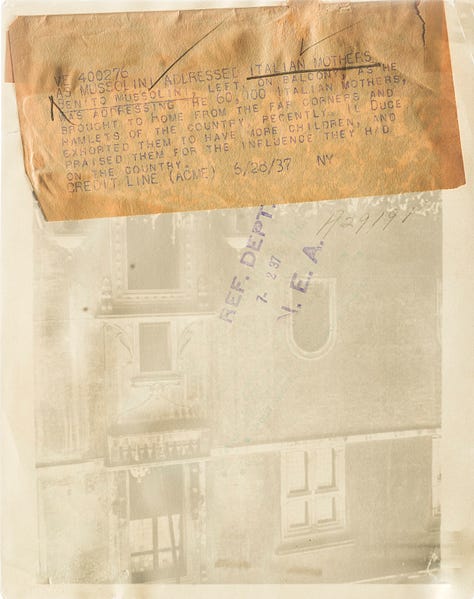
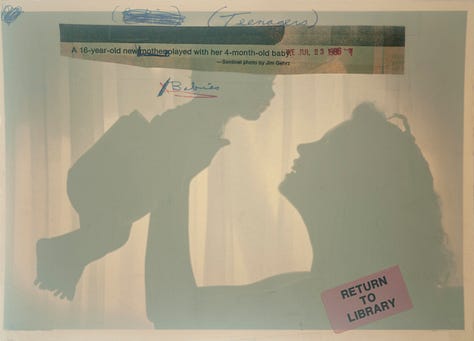
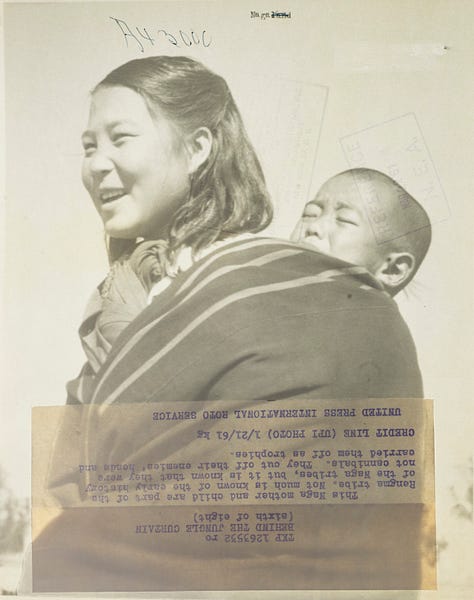
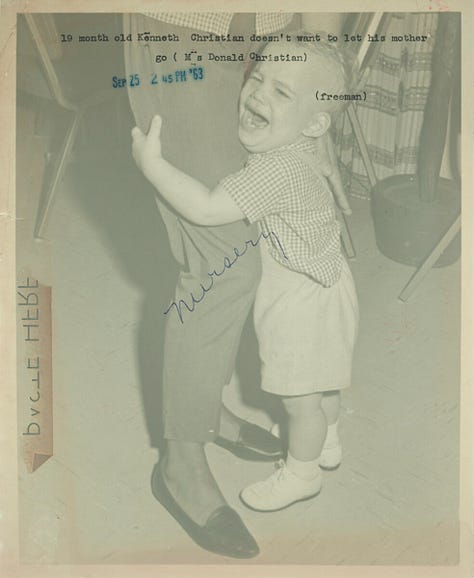
For further information about Toni Pepe, please visit her website and Insta pages, but first, spend the next week with Toni by following her takeover of our Instagram page!

